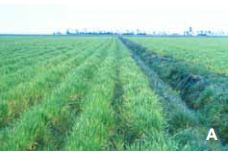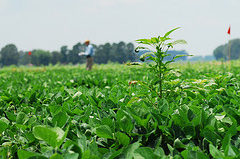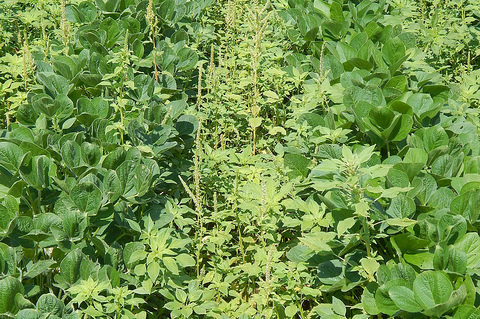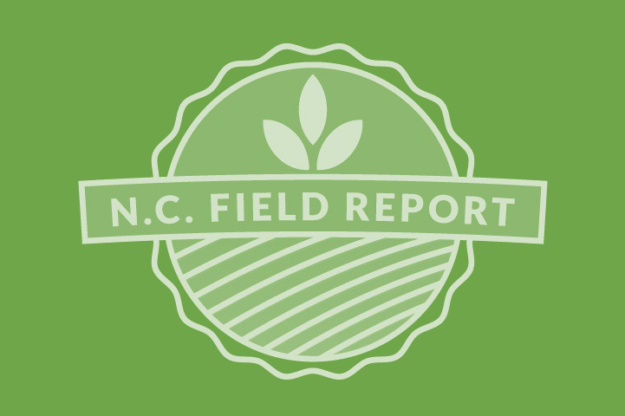The Bill for the Trade War Comes Due – How Brazil Ended up Importing US Soybeans
There are only four countries that export significant amounts of commodity soybean products – the United States, Brazil, Argentina and Paraguay. Although Brazil recently surpassed the United States in terms of production, with a growing world population, hungry for protein, there is no getting around the fact that the world needs US soybeans. In summer…
Details











